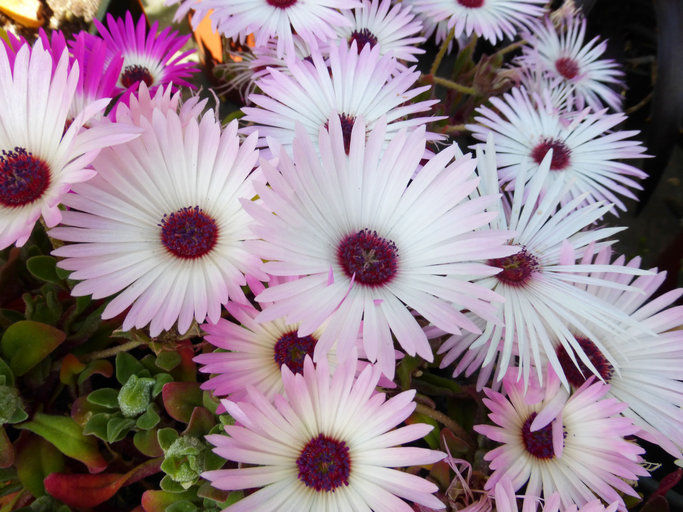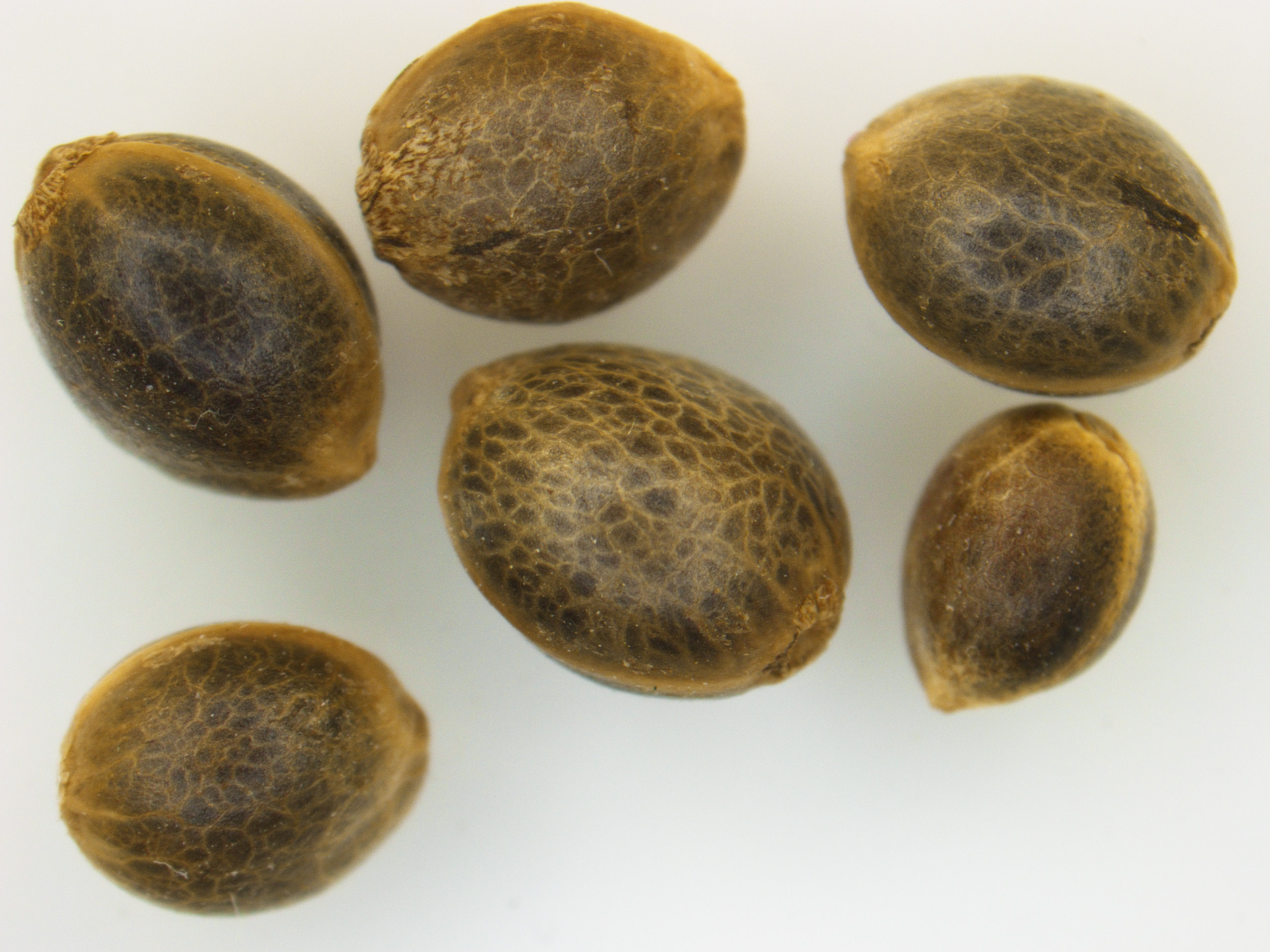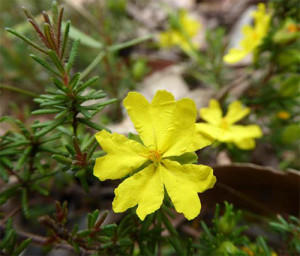The State Herbarium of South Australia has added a new naturalised plant record to Census of South Australian Plants, Algae & Fungi. Cleretum bellidiforme (Burm.f.) G.D.Rowley is a South African low-growing annual succulent with daisy-like flowers blooming in shades of pink, purple, cream, orange and yellow.
Cleretum bellidiforme (Livingstone daisy) was first collected in Sep. 2015 from a wild plant population found growing south of Adelaide on the outer edges of Kuitpo pine plantation in sandy soil. It was formally identified by the State Herbarium Honorary Research Associate and succulent plant specialist, Bob Chinnock. The only other known location of wild growing plants is in Western Australia, on the south coast, just east of Albany.
The name “bellidiforme” means that it is similar to the common white daisy genus Bellis. However, this new plant is not in the daisy family, but a member of Aizoaceae, a botanical plant family containing predominantly drought tolerant species occupying arid and semi-arid areas of Southern Africa, with some native species found in Australia. Cleretum bellidiforme is grown by gardeners as it provides a mass of flower colour with little or no watering. It is likely that it accidently spread from gardens.
The State Herbarium’s weed botanist Chris Brodie suspects further populations of C. bellidiforme could colonise other areas and become weedy. A widespread weed in the same family is Mesembryanthemum crystallinum L. (ice plant), which is proliferating in semi-arid and coastal areas.
Weeds are spread naturally by wind and water and accidently by humans and animals. Future accidental long distance dispersal of C. bellidiforme will occur most likely as seeds in soil, attached to boots, vehicles or machinery. Shorter distance dispersal is most likely by native animals, wind or water.
If you are familiar with the wild plants of your area and notice a previously unknown plant then weed botanist Chris Brodie would like to hear from you. These mystery plants can be previously unnoticed native plants or, in some cases, new invasive weeds.











You must be logged in to post a comment.